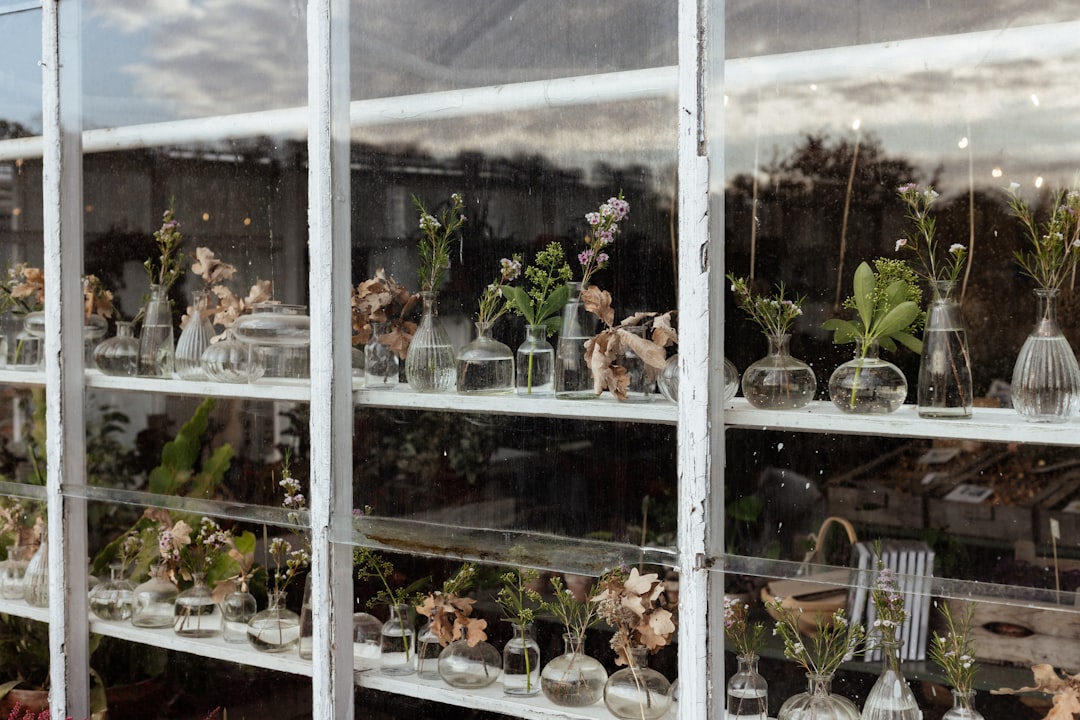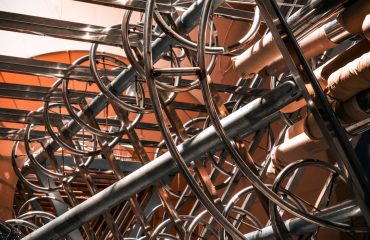Selecting the right piping system for a chemical plant is crucial for safety, efficiency, and longevity. A poorly chosen pipe can lead to leaks, corrosion, failures, and potentially catastrophic consequences. This comprehensive guide will walk you through the key considerations for selecting the appropriate piping for your chemical processing needs.
1. Material Selection: The Foundation of Chemical Plant Piping
The choice of pipe material is paramount. It must withstand the chemical properties of the fluids being transported, the operating temperature and pressure, and the surrounding environment. Common materials include:
- Carbon Steel: Widely used for its strength and cost-effectiveness, but susceptible to corrosion in many chemical environments. Requires protective coatings or linings for aggressive chemicals.
- Stainless Steel: Offers excellent corrosion resistance, particularly in acidic and oxidizing environments. Various grades (e.g., 304, 316) provide different levels of resistance. More expensive than carbon steel.
- Duplex Stainless Steel: Combines the strength of carbon steel with the corrosion resistance of stainless steel. Ideal for high-pressure, corrosive applications.
- Nickel Alloys (e.g., Monel, Inconel): Exceptional corrosion resistance in highly aggressive environments, including those involving chloride ions and high temperatures. Very expensive.
- Plastics (e.g., PVC, CPVC, PTFE): Suitable for less demanding applications, offering good corrosion resistance but limited pressure and temperature capabilities. Often used for handling non-aggressive chemicals.
- Fiberglass Reinforced Plastic (FRP): Strong, lightweight, and corrosion-resistant, making it suitable for handling a wide range of chemicals. However, it has limitations in terms of temperature and pressure.
Material selection requires careful consideration of the specific chemicals involved, their concentration, temperature, and pressure, as well as the plant’s operating conditions.
2. Corrosion Resistance: A Critical Factor in Chemical Plant Piping
Corrosion is a major concern in chemical plants. The chosen pipe material must resist the corrosive action of the chemicals being processed. Factors influencing corrosion include:
- Chemical Composition: Different chemicals have different corrosive properties.
- Concentration: Higher concentrations generally lead to increased corrosion rates.
- Temperature: Higher temperatures often accelerate corrosion.
- Velocity: Higher flow velocities can increase erosion-corrosion.
- pH: Highly acidic or alkaline solutions are more corrosive.
Corrosion prevention strategies include material selection, protective coatings (e.g., epoxy, polyurethane), cathodic protection, and the use of corrosion inhibitors.
3. Pressure Ratings and Pipe Schedules: Ensuring Structural Integrity
Pipes must be able to withstand the operating pressure of the chemical process. Pipe schedules (e.g., Schedule 40, Schedule 80) indicate the wall thickness of the pipe, with higher schedules indicating thicker walls and greater pressure resistance. The selection of the appropriate schedule depends on the operating pressure and the material of the pipe. Pressure ratings are crucial for safety and preventing failures.
Accurate pressure calculations are essential. These calculations should account for factors such as fluid pressure, temperature, and the pipe’s material properties. Using appropriate safety factors is critical to ensuring long-term reliability.
4. Pipe Fittings and Valves: Completing the Piping System
Pipe fittings (e.g., elbows, tees, flanges) and valves (e.g., gate valves, ball valves, globe valves) are essential components of any piping system. These components must be compatible with the chosen pipe material and able to withstand the operating pressure and temperature. The selection of fittings and valves should consider factors such as:
- Material compatibility: Fittings and valves should be made of materials that are compatible with the pipe material and the chemicals being transported.
- Pressure rating: Fittings and valves must have a pressure rating that is equal to or greater than the pipe’s pressure rating.
- Flow characteristics: The selection of valves should consider the flow characteristics of the fluid being transported.
- Maintenance requirements: Some valves require more frequent maintenance than others.
5. Standards and Regulations: Adhering to Industry Best Practices
Pipe selection and installation must comply with relevant industry standards and regulations. These standards ensure safety, quality, and consistency. Key standards include:
- ASME B31.1: Power Piping
- ASME B31.3: Process Piping
- API Standards: Various standards related to piping, valves, and fittings.
- Local and national regulations: Regulations specific to the geographic location of the plant.
Adherence to these standards is crucial for ensuring the safety and reliability of the chemical plant’s piping system.
Careful consideration of all these factors is essential for successful pipe selection in a chemical plant. Consulting with experienced engineers and material specialists is highly recommended to ensure the optimal choice for your specific application.
Tags: chemical plant piping, pipe selection, chemical process piping, pipe material selection, corrosion resistance piping




